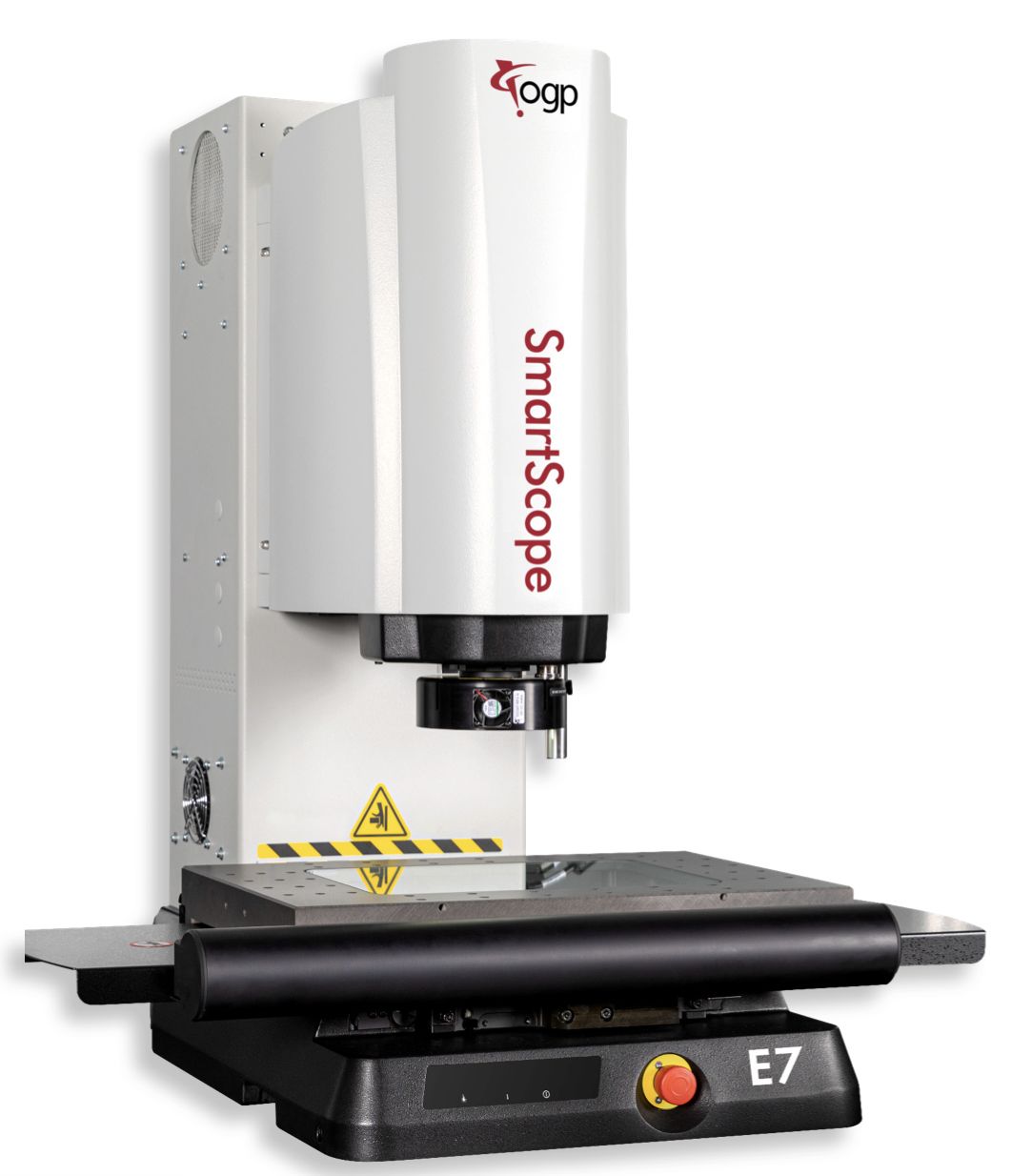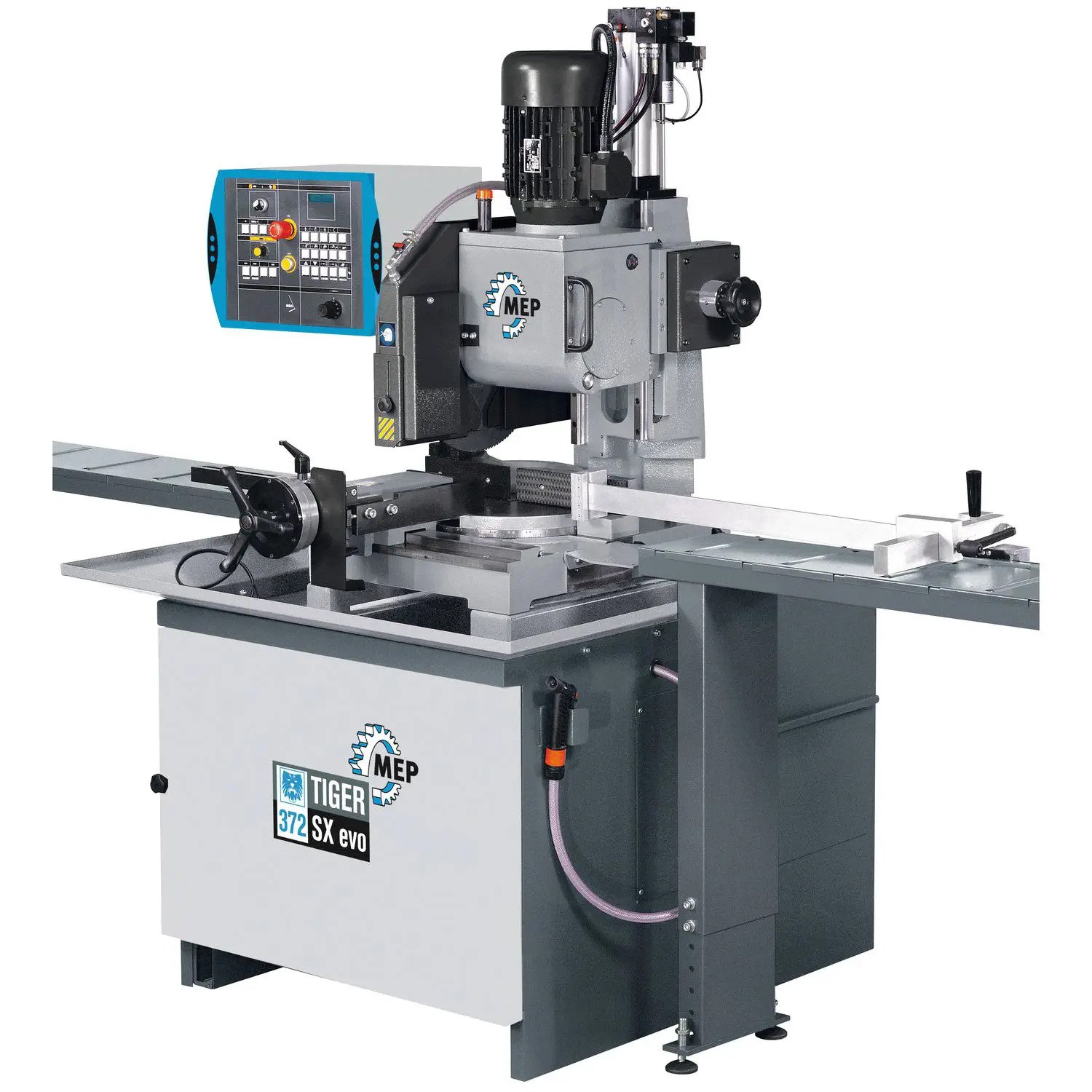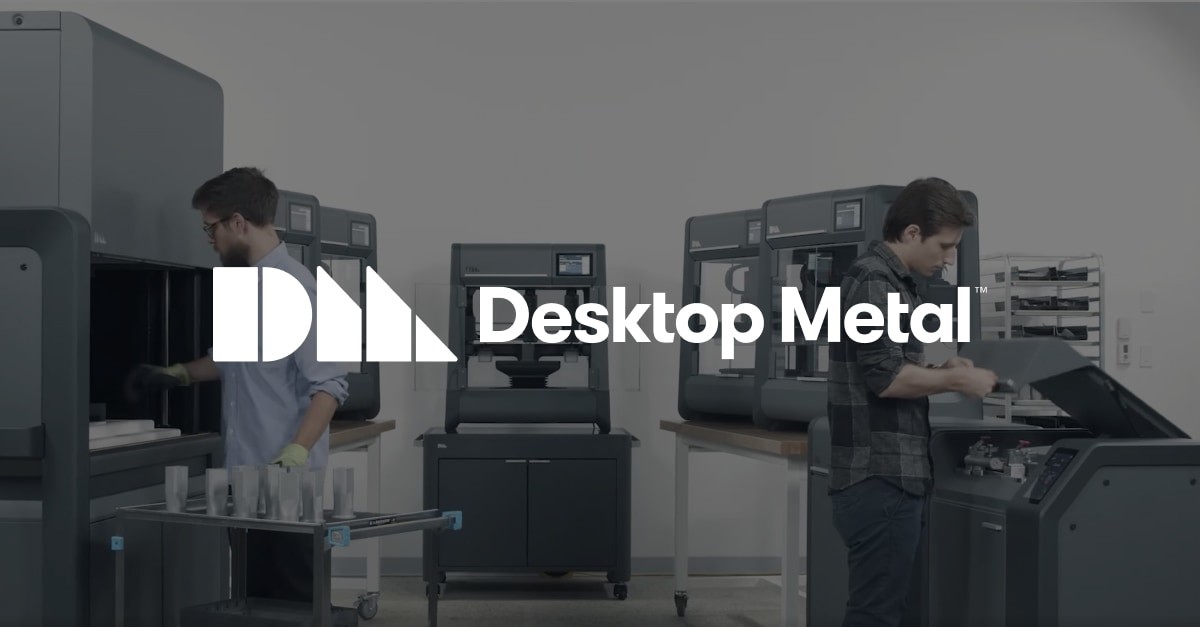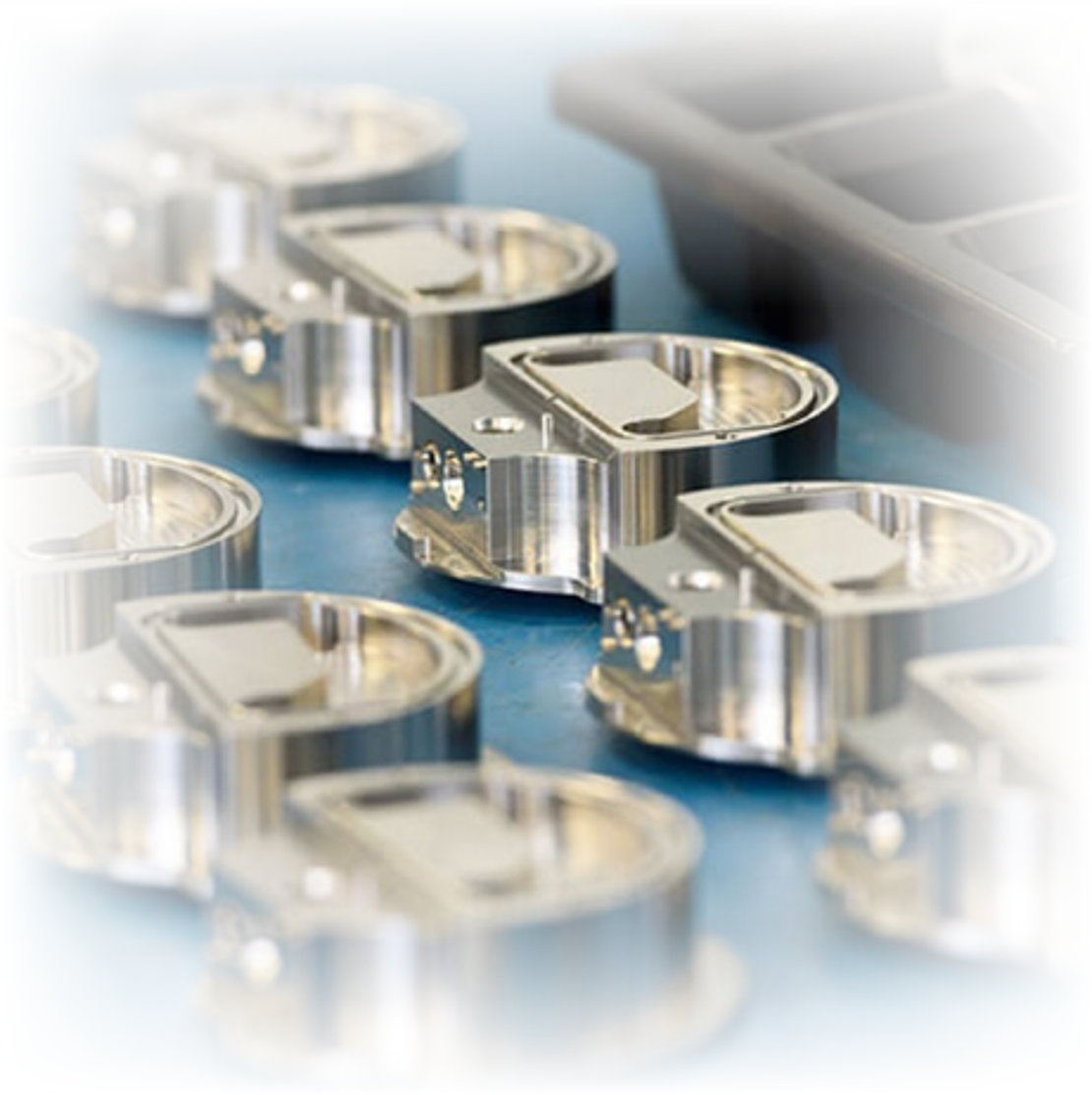MEP Saws, which is represented in the UK by ADS Precision, has recently supplied a circular sawing machine to a Finland-based manufacturer of sterilisers and water purification equipment for the pharmaceutical industry. Among the challenging main raw materials used in condensers for steam generators are 14×1 AISI 316L tubes, with about 60 km of tubes used per year. These tubes must be straight, round, and scratch- and burr-free.
The customer already had a circular sawing machine to execute bundle cutting on this material. However, it was not precise and operators had to change the blades continuously to ensure cut quality.
To remedy the situation, the company opted for an MEP Tiger 352 Sx Evo semi-automatic circular sawing machine, which is suitable for steel cutting from -45° to +60° with blade rotation at four speeds. Taking into consideration the requirements of the customer’s sector, together with MEP’s local dealer, it was decided to offer the Tiger 372 Sx Evo, a higher performing version of the Tiger 352, and carry out cutting trials on the customer’s material to show the advantages.
Following tests carried out on a bundle of nine AISI 316L tubes with a diameter of 14 mm, the customer was impressed by the quality of the cutting surfaces and by one of the main machine features: the infinite variable saw blade speed through inverter (instead of the four fixed speeds of the Tiger 352 Sx Evo).
Regarding final customisation, the material loading roller conveyor was equipped with V-rollers covered in Teflon. Teflon clamping jaws were also supplied instead of traditional steel ones. Further customisation included a larger diameter steel circular blade flange and a change of material feeding direction from right to left.
For further information www.adsprecision.com



















